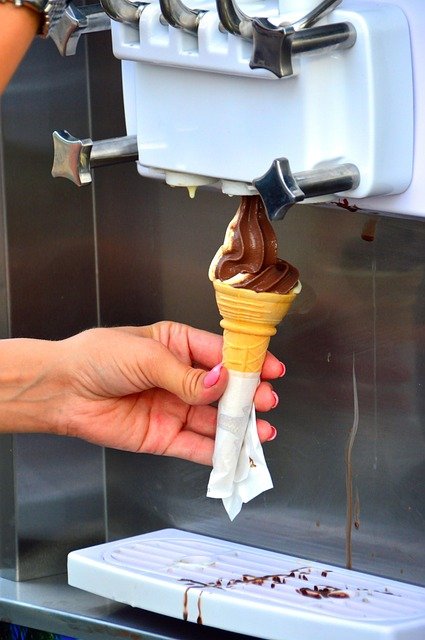Commercial Ice Machine Not Making Ice: Causes & Fixes
July 9, 2025 | by li, moniker

Why Your Commercial Ice Machine Isn’t Making Ice—And How to Fix It
Commercial ice machines are essential for restaurants, bars, hotels, and other businesses that rely on a steady supply of ice. When these machines stop producing ice, it can disrupt operations and lead to customer dissatisfaction. Several factors can cause a Commercial Ice Maker to malfunction, from mechanical issues to improper maintenance. This article explores the most common reasons why a commercial ice machine may fail to produce ice, how to diagnose the problem, and practical solutions to get it running again efficiently. Whether it’s a clogged water filter, a faulty component, or incorrect temperature settings, understanding the root cause is the first step toward resolving the issue.
Common Causes of Ice Production Failure
Several factors can prevent a commercial ice machine from working correctly. One of the most frequent issues is low water pressure, which can halt ice production entirely. If the machine isn’t receiving enough water, it won’t be able to form ice properly. Another common problem is a dirty or clogged water filter, which restricts water flow and affects ice quality. Additionally, a malfunctioning water inlet valve or a faulty thermostat can disrupt the freezing cycle. Regular maintenance and inspections can help identify these issues early before they escalate into costly repairs.
Mechanical and Electrical Failures
Beyond water-related problems, mechanical and electrical failures can also stop ice production. A broken compressor or refrigerant leak can prevent the machine from cooling properly, while a faulty control board may disrupt the entire freezing cycle. If the evaporator plate is damaged or covered in mineral buildup, ice formation will be inconsistent. In some cases, the issue may stem from improper installation, such as incorrect voltage supply or poor ventilation. Businesses should consult a professional technician to diagnose and repair these complex issues, as DIY fixes could void warranties or cause further damage.
Preventive Maintenance and Best Practices
To avoid unexpected downtime, businesses should implement a preventive maintenance schedule for their Commercial Ice Maker. This includes cleaning the machine regularly to remove mineral deposits, replacing water filters as recommended, and checking for leaks or unusual noises. Ensuring proper ventilation and ambient temperature is also crucial, as overheating can reduce efficiency. Investing in a high-quality machine, like those from trusted brands, can minimize breakdowns. Additionally, training staff on basic troubleshooting—such as resetting the machine or checking water supply—can help resolve minor issues before they escalate.
When to Replace vs. Repair
Sometimes, repairing an old or heavily used ice machine may not be cost-effective. If the unit requires frequent repairs or consumes excessive energy, replacing it with a newer, more efficient model might be a better long-term investment. Modern Commercial Ice Maker units often feature advanced technology that improves ice production and reduces energy consumption. Before making a decision, businesses should weigh the repair costs against the price of a new machine and consider factors like warranty coverage and expected lifespan.
Conclusion
A commercial ice machine that stops producing ice can be a major inconvenience, but understanding the root causes can help businesses take swift action. From water pressure issues to mechanical failures, identifying the problem is the first step toward a solution. Regular maintenance and proper usage can prevent many common issues, while knowing when to repair or replace the machine ensures long-term efficiency. By following best practices and investing in quality equipment, businesses can maintain a reliable ice supply and avoid operational disruptions. If troubleshooting doesn’t resolve the issue, consulting a professional technician is always the best course of action.
RELATED POSTS
View all


